To stretch a tire, start by slipping the tire into the rim by applying soapy water. Then spray a flammable gas on all the sides of the rim and inner tire. Once done, light it up with fire, and the tire shall pop out to cover the entire rim. Then use the air compressor to get rid of the fire on the rim. Use the same air compressor to fill in the air or take some out according to the required tire pressure.
Working on tire stretching can also be a risky exercise. For one, the tire suddenly pops out, and second, the fire can spread. So, always keep a fire extinguisher nearby.
What's In This Guide?
The exercise of tire stretching involves fitting small tires into wider wheels or rims. To some, tire stretching is an art form, as it improves performance and enhances the aesthetics of the vehicle. It is a popular practice as car owners want to fit narrow tires into wider rims instead of buying new tires that can originally fit into the rim.
The suspicion surrounding the concept of tire stretching is that it costs the car performance. The performance issues are true, but only to some extent. Because there are a few ways to stretch the tires, and some are right while others, not so good.
Hence, to ensure that you get the best results, follow the right tire stretching practices. The following sections will detail out the steps for stretching and the supplies you will need for the same.
Can I Stretch My Tires at Home?Yes, you can, but only if you are following the right practices. To stretch a tire, you must play with fire, which is quite dangerous. So, while we would not recommend working on it at home, if you can follow the right procedure, there is no need to worry about any damages.
Even though tire stretching is mostly a process-based exercise, there are a couple of things essential to the exercise.
Start by preparing the tire and the rim that you want to work on.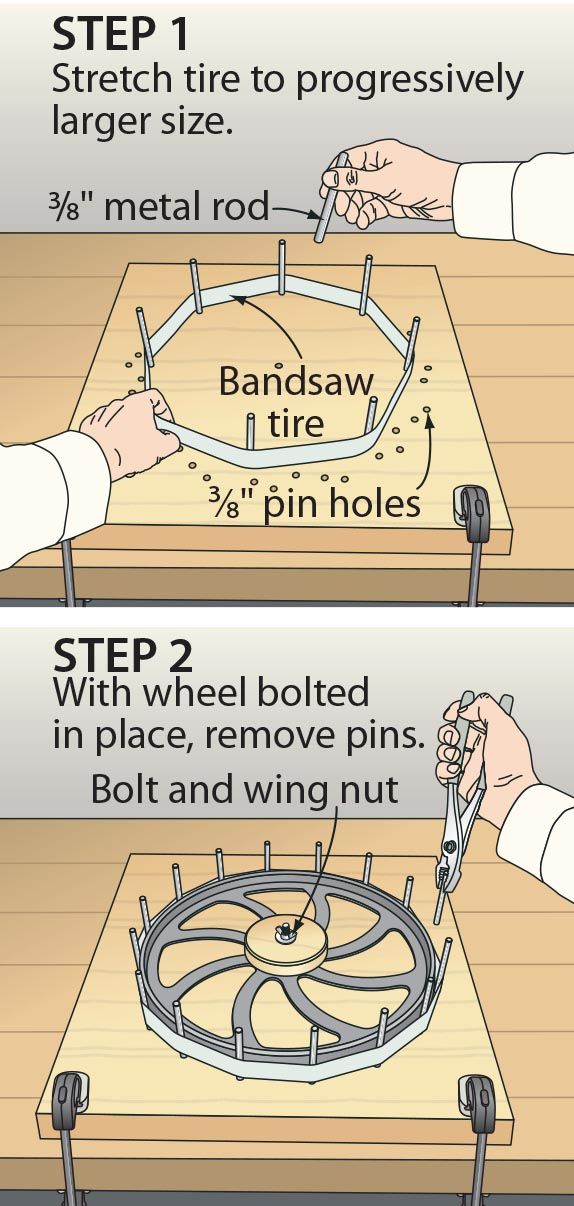 Remember that the tire size must be smaller than the rim for the entire exercise to work. Because the whole purpose of tire stretching is to fit a small tire onto a larger rim.
Remember that the tire size must be smaller than the rim for the entire exercise to work. Because the whole purpose of tire stretching is to fit a small tire onto a larger rim.
Not every type is stretchable and can be fitted onto a rim. Hence, make sure to do some research before stretching if you want to do it yourself in your garage or backyard. For better safety, we would recommend that you take the tire and the rim to the backyard.
Step 2:In the backyard, lay down the rim (preferably of steel) on a flat surface. This is followed by slipping the tire inside the rim. To ensure that the tire slips in smoothly, use soapy water and apply it on the tire beads.
For the other end of the bead to slip in, use a tire spoon or a long flat screwdriver. If you have never done it before, be cautious that while slipping in the other end of the tire bead, the tire spoon can kickback. So, keep it firmly in one place and hold it tight.
Step 3:Use the flammable spray and spread the gas across the inner side of the tire.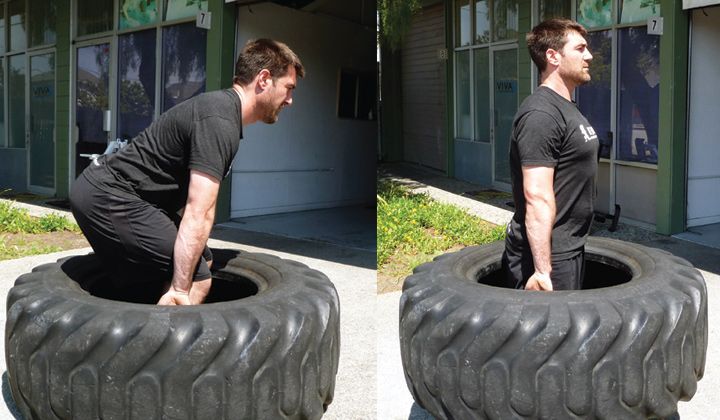 The most popular choices are deodorants, brake cleaners, or hair sprays.
The most popular choices are deodorants, brake cleaners, or hair sprays.
If you want to spice things up a bit, butane is also an option to use as a flammable spray. Butane is highly flammable, so use it judiciously. As for how much flammable spray you must use, it depends on tire size. Larger tires will require higher volumes of spray as compared to the tires of small size.
In this step, you must have read somewhere or heard that the air compressor must be connected to the tire before firing it up. But this is not the right process. Instead, the air compressor has to be connected afterward. After spraying the tire, fire it up.
Step 4:The tire should automatically pop to fill the extra space on the rim, and it’s beads should be facing inwards. There will be some fire spread across the tire diameter; use the air compressor to blow it off.
Remember that a minimal amount of fire will be there. So don’t be alarmed, and in case things seem to get out of hand, use the fire extinguisher.
Another thing to remember is, when the tire pops out, there will be a sound that can be alarming. Hence, it will be best to keep the kids away, especially if you are working in your backyard.
Step 5:Once the tire has taken the extra space in the rim, use the air compressor to check the tire pressure and, if required, fill in or compress the required volume of air.
That is it. Now you have successfully fitted a small-sized tire on a wide-sized rim.
Frequently Asked QuestionsAre Stretched Tires Safe?By principle, we are fitting a small tire on a rim that has a size bigger than the tire. So, tire stretching can be safe and unsafe. Having said that, if you are using good quality tires, follow the right process, there is nothing to worry about. In terms of driving, stretched tires can be difficult to handle around tight corners as the tire will have less friction. Also, you won’t be able to use the tires again.
Until now, we have not seen a law or regulation to dictate the terms and conditions for stretching. It is based on creating tension between the tires and the rim. So, there are side effects of the same. Still, it will be better if you can check out the official websites that explain the laws related to the road and its safety.
Is there any other way to stretch tires besides using fire and flammable spray?Yes, there are a few other methods, but they are not as effective as the fire one. Because driving with stretched tires is a risky thing to do, you should not rely on any method that does not guarantee any results.
Leave a comment
Categories Car Care by Editor
“This post contains affiliate links, and I will be compensated if you make a purchase after clicking on my links. ”
”
The term stretched tires is still quite new to many people. This is a technique to fit the tire to the tire rim. Or we can imagine that fitting a tire does not belong to it. Are you curious about what a tire is stretching and is it safe? Join us to find out!
Stretching tires make the car more beautiful
It seems like a new term, but it has been around for many years and is very popular with car lovers. I will introduce a little bit about this term.
Contents
Each vehicle will have a proper tire design. But, there are some tire designs that are either unsatisfactory for the user. In fact, the refined rim design also enhances the beauty of the vehicle. This is an art form. Thus, the technique of stretching tires was born. The purpose is to make tires that fit the different tires. This is an aesthetic enhancement for tires.
This is an aesthetic enhancement for tires.
Stretch the tire so that the rim does not break when the tire does not fit. There are some hobbyists who want their tires to look tight. It can say that this is an aesthetic measure for cars. But, the bad thing is that stretching tires causes the car’s performance to decrease. The performance of stretching tires is always much worse than normal tires.
The most common way is to use fire. We can recognize that because of the material of the tire. The tires made of rubber so fire helps stretch the rubber of a tire. This is the most common and easy way. But, it also requires some technical and careful workmanship.
People use fire to stretched tires
First, you must know the size of the tire and rim. Because we need to drop the size difference between these two things. So we use tire stretching techniques. You should examine the designs and sizes. Although it is possible to stretch the tires, this method is always applicable. After all, tires and rims are not made to fit each other’s size.
After all, tires and rims are not made to fit each other’s size.
Once you have chosen the right tire, proceed to use flame retardants. This works to perform the stretching technique. Note that this way is quite dangerous. We do not recommend doing it yourself at home without the tools. It is best to visit car repair and care shops.
You can use any kind of flammable substance according to your ability. People often use gas or gasoline. These are easy to find substances and not too expensive. Before spraying gasoline on tires, please clean the tire. Because a lot of sandy soil clings to tires, you should clean them first. Then spray flame retardant around the tire slot.
After making sure there is enough flammable material around the rim of the tire. When the fire enters the tire. This process needs your carefulness and quickness. Refer to some videos on stretching tires, this technique is not thought to be too difficult. But, if you are not careful, you can catch fire at any time and be dangerous. We should not play with fire anyway.
We should not play with fire anyway.
There is one thing we need to say: If the stretched tires unsafely then no one will use it. But, we can not conclude that the safety tire stretching. Because this is a technique that makes a smaller tire fit into its rim. This is a reluctance. Thus, it seems that this technique is both safe and unsafe.
Are stretching tires have good or bad effects?
This technique will be nothing to worry about if you know a careful way. You should use tires of good quality, thick rubber covers, and high quality. So when using fire on the tire, it will not broke. The nature of stretching a tire is to use fire to stretch the tire. This will make the tire thinner than the original. When a good quality tire used, its failure time may come later.
But, when you overuse this technique, it will be very dangerous. Because this is a reluctance. When you stretch the tire, it will be thinner than usual. When the tire is not as thick as its original thickness, it will affect the durability of a tire. Thin tires will break faster. Your car may leak a tire in the middle of the road. This is completely possible.
Thin tires will break faster. Your car may leak a tire in the middle of the road. This is completely possible.
Moreover, when the tires lengthen, you will not be able to use them more. When entering corners or difficult roads, the friction of the tire will not be the same as before. This is quite dangerous when you use the car. Moreover, the shelf life of tires lasts not long. This will cost you a lot of money to repair or replace your tires.
Tension technology has appeared in recent years. This is a technique to beautify your car. Everyone likes beauty. But this is a coercive beauty method. It more or less affects the quality of the tires. This makes the vehicle dangerous to use.
That said, there is no official law that says they ban tire stretching. But, the laws are different from each other. Before deciding to stretch your tires, you should study the laws in your area and where you often go. Be careful is never lacking.
Besides, you should be careful with your vehicle insurance. Some manufacturers do not accept stretched tires. This means that when the car has a problem, there will be some trouble when you bring the warranty. Some manufacturers may accept stretched tires. Some do not. Make sure what you want to do is beneficial for you!
Some manufacturers do not accept stretched tires. This means that when the car has a problem, there will be some trouble when you bring the warranty. Some manufacturers may accept stretched tires. Some do not. Make sure what you want to do is beneficial for you!
This article has mentioned a sensitive technique. We cannot deny the aesthetics that this work offers. But, you should also pay attention to safety methods. If you have any experience with stretching, don’t be afraid to leave a comment. Stay tuned, we will comeback with some quality articles very soon.
Tuning spreads along the roads of Russia at the speed of lava after the eruption of Vesuvius.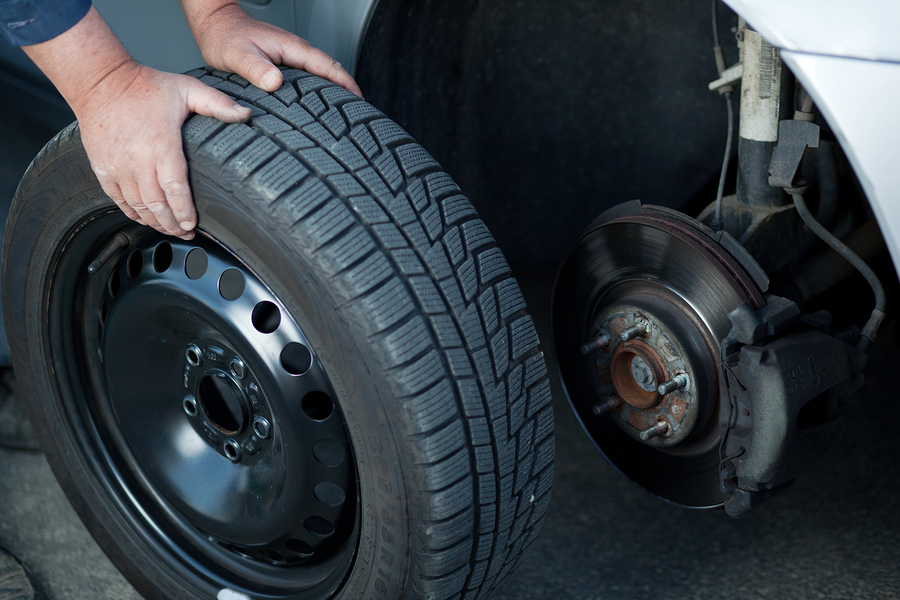 Thousands of official dealers, network services and garage workshops will willingly take on the transformation of a car, whether it is a domestic “classic” at the price of a TV or a premium sedan that costs the price of a good apartment in the capital. Hundreds of exhibitions, festivals and competitions are held annually throughout the country. But does all this mean that there are no "white spots" on the tuning map? No. Now we will talk about a popular phenomenon, which, nevertheless, still raises many questions - tire preload, or stretch.
Thousands of official dealers, network services and garage workshops will willingly take on the transformation of a car, whether it is a domestic “classic” at the price of a TV or a premium sedan that costs the price of a good apartment in the capital. Hundreds of exhibitions, festivals and competitions are held annually throughout the country. But does all this mean that there are no "white spots" on the tuning map? No. Now we will talk about a popular phenomenon, which, nevertheless, still raises many questions - tire preload, or stretch.
The word "stretch" is a Russian transcription of the English stretch - "pull", and is pronounced similarly. The common spelling "stretch" is a misnomer. Simply put, rubber is a “house” when a tire of a smaller width is put on a disk than is calculated by the manufacturer. For example, a 195mm tire instead of a 255 on a 9" wide rim. This is achieved by tensioning the sidewalls of the tire, the so-called profile. Now the profile is not perpendicular to the contact patch, but is at an obtuse angle.
Now the profile is not perpendicular to the contact patch, but is at an obtuse angle.
How blunt is determined by the amount of interference, and it, in turn, depends on several factors: the difference in the width of the disk and tire, the height of the profile, the tire manufacturer and a number of others, but more on that later. In most cases, when stretching, the inner and outer edges of the disc bulge outward. Now that you associate the word "stretch" with more than just jeans, it's time to answer the main question.
Depending on the area of use, the answer to this question will be different. Below is a complete list of the "pros" and "cons" of stretch, now we will talk about primary sources. Historically, the method of stretching narrow rubber on a wide disk appeared almost simultaneously in Germany and Japan at the end of the last century.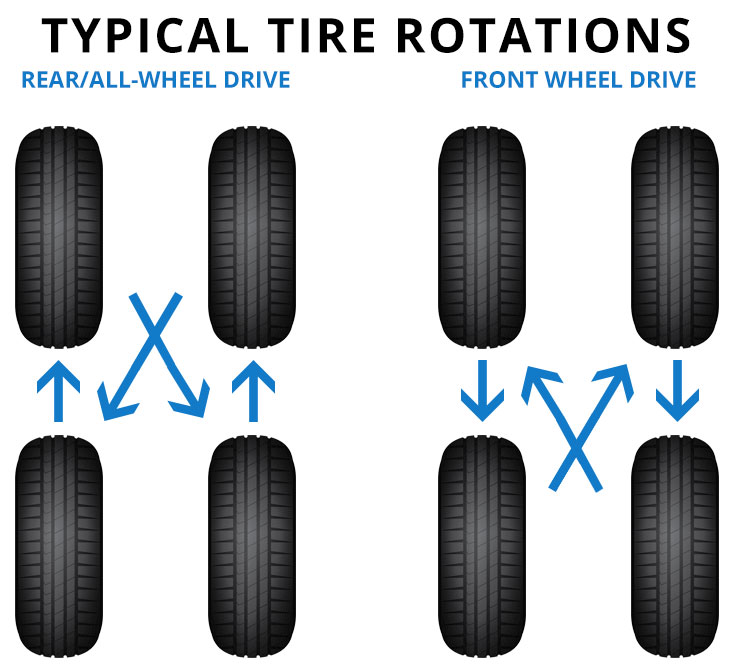 But if in the east the cause was drift , then in the old world it was legislation, or rather attempts to get around it.
But if in the east the cause was drift , then in the old world it was legislation, or rather attempts to get around it.
In Germany and Belgium, the law prohibits the operation of cars if the contact patch is outside the arches - this left no choice for lovers of a wide gauge. By pushing the disc out of the fenders, the stretch allowed the tire to stay inside and everyone was happy. As for drifting, the tightness is appropriate here for several reasons: a narrow tire is easier to break into a skid, it costs less, and due to the “house” it breaks less under lateral loads that occur in sliding.
Decades later, all the reasons were intertwined, and now light stretch can be found even on some cars coming off the assembly line, such as the Infiniti Q60, but it was most widely used in the stens style.
In order not to get confused, it's time to put together all the terms related to stretch. "Stens" (from English stance - "landing", "posture", "posture") is a style in which stretch is used in most cases. According to his canons, the car should be pressed to the ground as much as possible, and the wheels to the arches. The latter has its own name - “fitment” and denotes the relative position of the disk, tire and wheel arch, or fender (wheel arch extension).
"Stens" (from English stance - "landing", "posture", "posture") is a style in which stretch is used in most cases. According to his canons, the car should be pressed to the ground as much as possible, and the wheels to the arches. The latter has its own name - “fitment” and denotes the relative position of the disk, tire and wheel arch, or fender (wheel arch extension).
Such a fitment is considered ideal when the edge of the wheel arch is in the gap formed during a strong stretch - it is called a poke. The latter is often possible only when using an air suspension, which allows you to raise the car while driving, saving the arches from contact with the disk. Examples of a static, that is, without height adjustment, fitment are distinguished by a larger “rim gap” (rim gap is the distance from the edge of the disk to the wheel arch). Due to the operation of the suspension, the rim gap of a static car can range from a few millimeters (with an extremely stiff suspension) to five centimeters. In any case, the stronger the tightness, the more likely it is to secure the wheel arch and achieve a better appearance.
In any case, the stronger the tightness, the more likely it is to secure the wheel arch and achieve a better appearance.
Let's say you've made the decision to stretch. What is needed for this? First, define your goals. If this is drifting or another sports discipline in which handling is at the forefront, then you should start by looking for tires in the right parameters, after which the required disk width will become clear.
Example: for track days, tires of dimension 225/40 R18 are selected, the recommended wheel width for which is 7.5 inches. Increasing the width of the disk by an inch, we get a slight tightness, and by two or three - a strong one.
On the contrary - if the appearance is more important than driving characteristics, then we are looking for discs of the maximum width that the wheel arches can accommodate. Suppose it is 10 inches in the seventeenth diameter. It is recommended to install tires of at least 275 millimeters on them, which means that a width of 245 or less is suitable for stretch.
Suppose it is 10 inches in the seventeenth diameter. It is recommended to install tires of at least 275 millimeters on them, which means that a width of 245 or less is suitable for stretch.
It should be borne in mind that the height of the tire profile has an almost stronger effect on the ability to preload than its width. Low-profile tires have stiffer sidewalls, which make them harder to stretch, but give more effective stretch compared to 50% or more profile height.
In order to understand the variety of sizes, enthusiasts create entire photo libraries, the most popular of which is tyrestretch.com. The name that speaks for itself will allow you to decide on the size and model of tires without resorting to experiments - hundreds of people have already tried different combinations. But even in spite of this, the choice can turn into an epic: tires of the same marking, but from different companies, can differ markedly in size, composition and characteristics.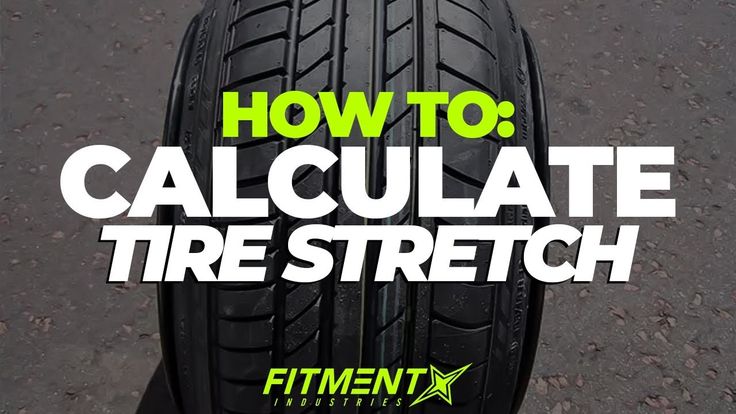 Decided? Buy.
Decided? Buy.
Alas, the purchase of stretch wheels is no less “exciting” than the choice. Let's start with disks - it's easier with them. The only defining parameter here is the width. There is also a departure, but it has nothing to do with tightness, so we will not dwell on it. The rest is determined by personal preferences and budget: stampings or forged composites, new or used, ready-made version or "custom" in a single copy.
With tires it is more difficult, and even if we are talking about new ones. The fact is that “new” often means opposite things: produced a few months ago or never put on wheels. The latter may be ten years old - despite the fact that the shelf life of car tires is five years. Information about the production date is located on the sidewall of the tire and consists of four digits, the first two of which are the week of manufacture, and the second are the year.
If for some reason the choice falls on used tires, among other things, you need to pay attention to the condition of the toe - this is the inside of the bead. It should be free of cuts and cracks, as it ensures the tightness of the "stretched" tire. Without stretch, damage to the toe is not critical, because the tire is adjacent to the disk with the entire plane of the bead. You should also pay attention to the geometry of the inner ring - its curvature due to improper storage will prevent you from pulling a narrow tire on a wide rim. Finally, when everything is bought, the most interesting thing lies ahead.
It is better to assemble wheels where they have experience in explosion and installation of non-standard sizes. If you do not approach the choice of a tire shop carefully, at best you risk simply not putting the tire on the rim, and at worst - damaging both. Let us focus only on the pumping procedure, because the rest of the actions do not differ from ordinary tire fitting.
Let us focus only on the pumping procedure, because the rest of the actions do not differ from ordinary tire fitting.
The problem here is that the tire will take the desired stretched position only at high internal pressure (from 3 to 15 atmospheres). The narrow size of the tire prevents such pressure from being created. Humps (sides on the disk that do not allow the tire to get off inward) are located far from the tire beads, therefore, you have to resort to various non-standard methods.
There are two options: seal the missing space with an auxiliary chamber or resort to an explosion. The second option is simpler and more technologically advanced. He, in turn, has two methods: explosive pumping (booster) and setting fire to a flammable liquid. In the first case, air is pumped into a cylindrical receiver with a volume of about 20 liters, after opening the valve of which, within a tenth of a second, it enters the tire, inflating it.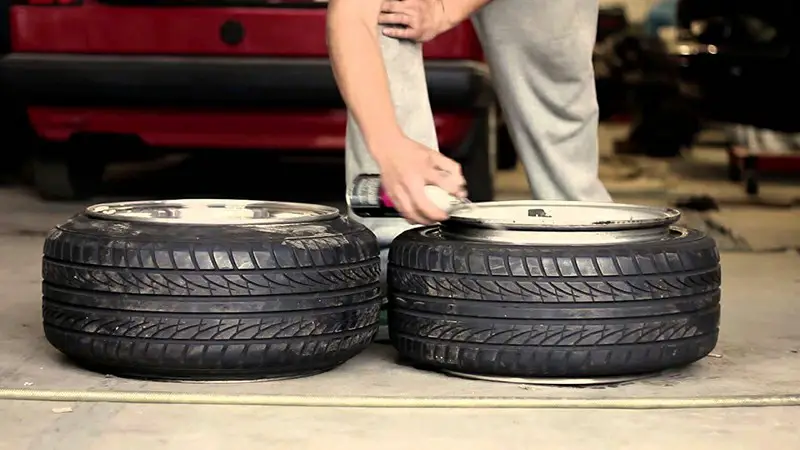 When ignited, high pressure is created by the expansion of instantly heated air. Gasoline (or another flammable liquid) is applied to the entire circumference of the inner rim of the disk and set on fire with a torch. At the same time, air is supplied through the nipple, which does not allow the tire to jump back to its original position after the explosion. After the tire has taken the desired position on the rim of the disk, the operating pressure is set from 2.5 to 4 atmospheres.
When ignited, high pressure is created by the expansion of instantly heated air. Gasoline (or another flammable liquid) is applied to the entire circumference of the inner rim of the disk and set on fire with a torch. At the same time, air is supplied through the nipple, which does not allow the tire to jump back to its original position after the explosion. After the tire has taken the desired position on the rim of the disk, the operating pressure is set from 2.5 to 4 atmospheres.
+ less tendency to break under lateral loads
+ the ability to take out the disks from the wheel arches while maintaining the track
+ reduction of the height of the profile when preloaded
+ lower cost of narrow tires compared to wide
+ the ability to lower the car more
+ visual enlargement of the disk
- lack of protection of disks from curbs
— high requirements for the condition of tires
- Less ride comfort
- more labor-intensive installation procedure
- high probability of disassembly in case of pressure loss
- increased load on the tire profile
practice
Articles / Practice Do No Harm: 10 Common Winter Car Mistakes In winter, the car is much more vulnerable than in the warm season. Many parts lose their flexibility, elasticity, become brittle. But a bit of attention and understanding on the part of the driver allowed ... 443 3 0 12/01/2022
Many parts lose their flexibility, elasticity, become brittle. But a bit of attention and understanding on the part of the driver allowed ... 443 3 0 12/01/2022
Articles / Statistics Not only parallel imports: why and how dealers join the fight for the secondary market With a shortage of new cars, the focus of many buyers has shifted towards used cars. The phenomenon is sad, but predictable and quite normal. Well, the second normal phenomenon ... 853 3 one 29.11.2022
Articles / Auto and technology Billions of tons of oil and An-24: the first 2,500 km of the "oil route" were completed We continue to follow the journey of Alexey Zhirukhin and Sergey Lysenko, who cover a route of 12 thousand kilometers along the path of oil from the well to the consumer. This is a joint project "Mezhre... 763 0 3 29.11.2022
This is a joint project "Mezhre... 763 0 3 29.11.2022
Test drives / Test drive Haval Dargo vs Mitsubishi Outlander: the dog is barking, the stranger is coming In the Haval dealership in the south of Moscow, life is in full swing: buyers look at cars, communicate with managers and sign some papers. While I was waiting for the test Dargo, the same cross... 17899 7 205 13.09.2022
Test drives / Test drive Motor from Mercedes, emblem from Renault, assembly from Dacia: test drive of the European Logan 1. 0 It would seem that what's new can be told about the second generation Renault Logan, known to every Russian taxi driver, as they say, up and down? However, this car has... 14366 ten 41 08/13/2022
0 It would seem that what's new can be told about the second generation Renault Logan, known to every Russian taxi driver, as they say, up and down? However, this car has... 14366 ten 41 08/13/2022
Test drives / Test drive Geely Coolray vs Haval Jolion: Free Cheese? If! Do you want to buy a car today with a full warranty, on credit at an adequate rate, without wild dealer markups? Now this is still a task, because a full-fledged chain of "representation - s... 11578 26 thirty 08/10/2022
Rubber is considered one of the most common materials today. Over time, the main characteristics can be significantly reduced. A fairly common question is how to soften the rubber. A similar procedure can be performed independently at home, it is important to follow all the recommendations.
Over time, the main characteristics can be significantly reduced. A fairly common question is how to soften the rubber. A similar procedure can be performed independently at home, it is important to follow all the recommendations.
How to soften rubber
Contents
All materials degrade over time. Often you can find a situation where the rubber becomes too hard and loses its elasticity. If desired, you can restore the basic properties of the material, it is not necessary to throw it away. Rubber can be softened in a variety of ways. Among the features of this issue, we note the following points:

There are quite a number of different ways to soften rubber, the most common is the use of kerosene.
Rubber is considered one of the most elastic materials. It is for this reason that it is used in the manufacture of various seals. After the seal ceases to be affected by the load, it is able to return to its dimensions. This moment determines the spread of the question of how to restore the elasticity of rubber. Over time, this property is also lost. If the surface is worn too much, cracks appear, due to which the insulating qualities are significantly reduced
You can soften rubber at home using common substances. The most commonly used substances are:

When soaking rubber in a recovery liquid, be aware that the material can expand significantly. To remove the substance from the surface, the product is thoroughly washed with soap and water.
In some cases, hot water can be used to soften the rubber. This method is used to restore the insulation of the doorway of the refrigerator. You can enhance the effect achieved by wetting the surface with silicone.
Tire restorer
Seals made from the material in question are also used in the manufacture of windows. To improve the insulating qualities of the rubber bands, they are wiped with silicone and glycerin from time to time. Such substances can be purchased without any problems.
Experts recommend considering each specific case, which can significantly improve the efficiency of the work being done. The rubber can be softened as follows:
The rubber can be softened as follows:
In addition, special formulations can be found on sale that can soften the structure after application.
Rubber can be softened at home by using different materials. Most widespread:
Home rubber repair
High temperatures also cause the rubber to become softer, but wear resistance decreases.
When considering how to soften rubber, many give the possibility of using kerosene.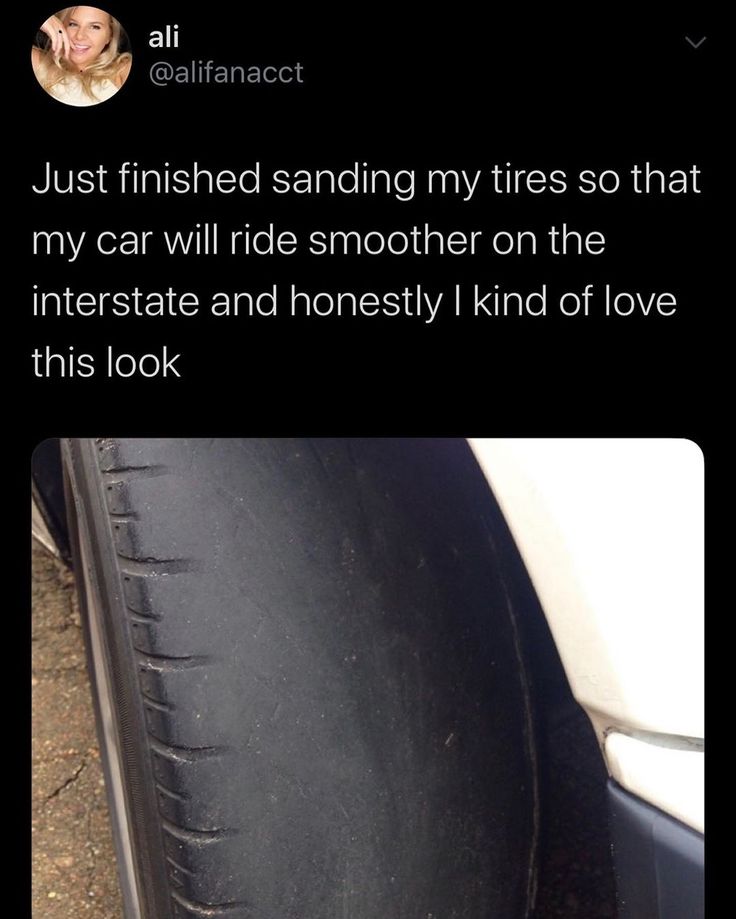 Such a substance is able to restore the elasticity index.
Such a substance is able to restore the elasticity index.
Application features are that the product is soaked in a special bath, after which the surface is thoroughly washed and dried. If the length of the product is large, then it can be rolled up. Aged in kerosene to soften for several hours, as kerosene does not act immediately.
This substance is widely used and can also soften the product. The procedure is as follows:
Ammonia
Drying is carried out at room temperature. It should be borne in mind that high and low temperatures always negatively affect the condition of the rubber.
A short-term effect can be achieved by using silicone and castor oil. Among the features of the application, we note the following points:
Among the features of the application, we note the following points:
After half an hour the rubber will be ready for use. It should be borne in mind that the achieved effect will be temporary. When considering how to soften such material, you can pay attention to castor oil.
In some cases, only a temporary softening is required, for example when pushing a hose onto a nozzle. In this case, you can solve the problem by temporarily lowering the product into a hot bath. After some time exposure to high temperature, elasticity increases.
Tires may become hard after prolonged use. Problems can only be solved if the product is boiled. Significantly increase the effectiveness of the procedure by adding salt to the composition. Boiling is carried out until the moment when the surface becomes elastic.